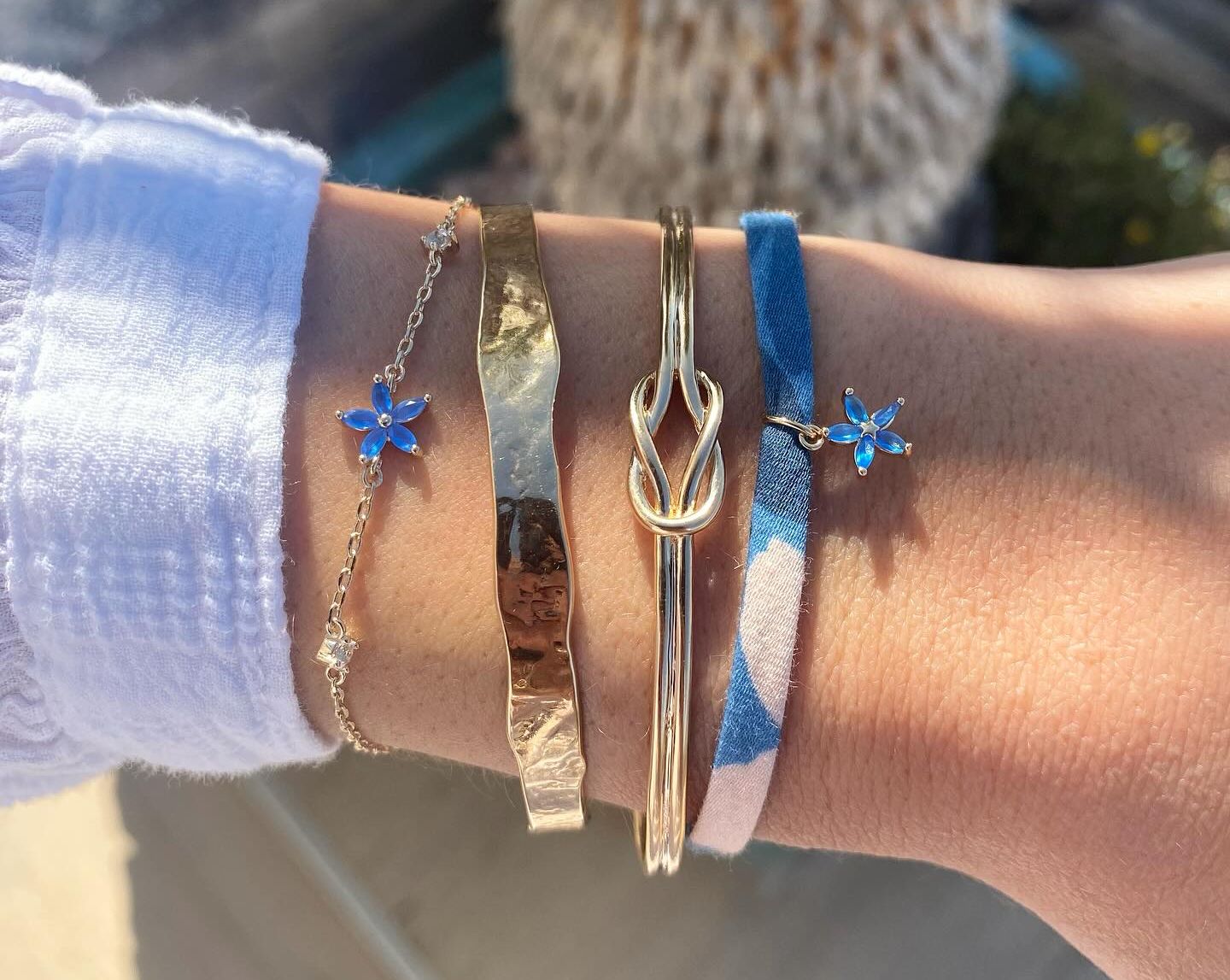Personalizing everyday objects may seem very contemporary, but the desire to own individualized products is nothing new. As far back as the 17th century, the French aristocracy took advantage of the boom in the decorative arts to assert their tastes and status with furniture and tableware from the royal factories. Here's a look back at a tradition that is still very much alive, particularly in the jewelry industry.
